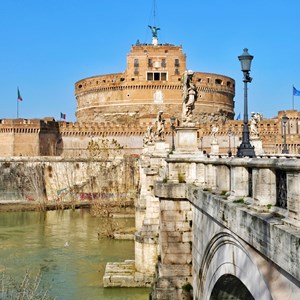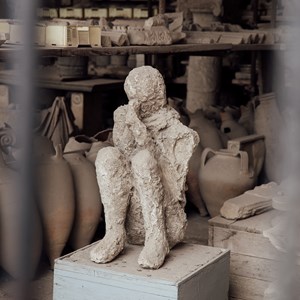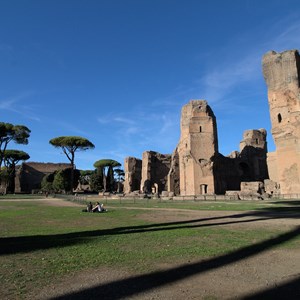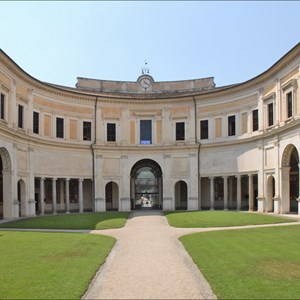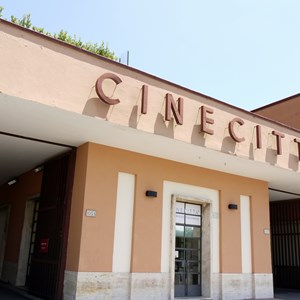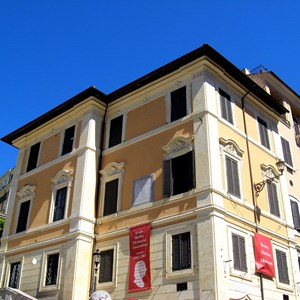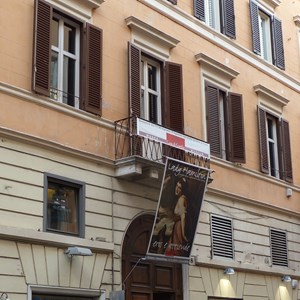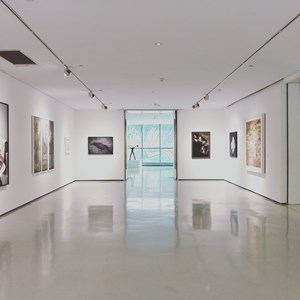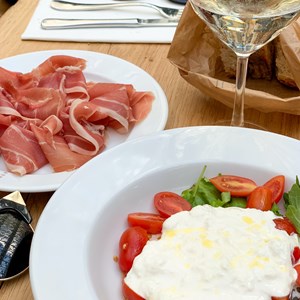

Rome has attracted visitors for over 2,000 years. It is one of the most magnificent and romantic cities in the world, boasting an attractive mix of grandiose sights, such as the Colosseum, Roman Pantheon, and Forum. Amidst the awe-inspiring ruins and charming piazzas, you can savour the delights of smooth gelato, frothy cappuccinos, delectable pasta and pizza, and exquisite wines, all contributing to the allure that draws over 10 million tourists annually in search of a taste of the Italian “Dolce Vita”.
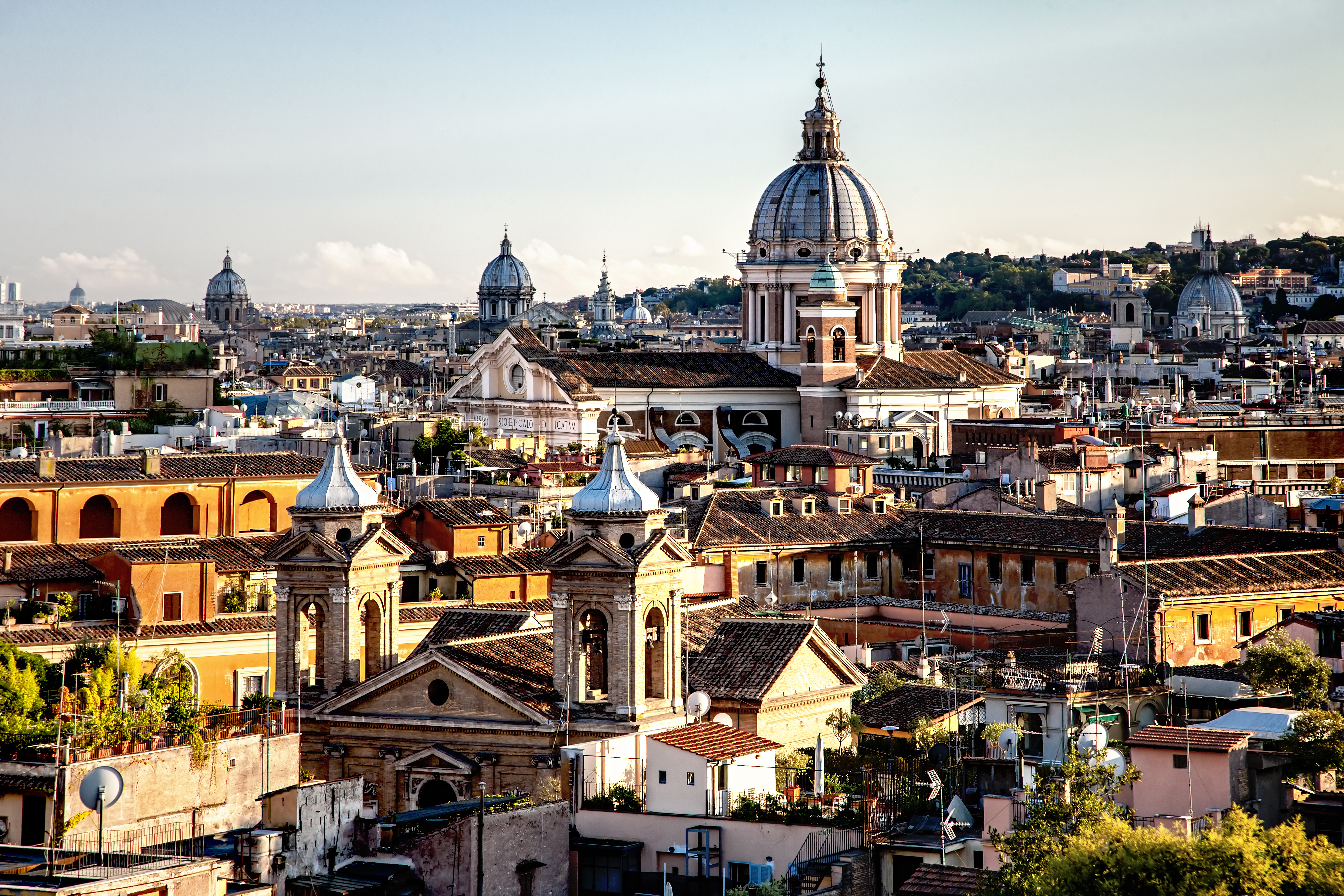 abxyz/Shutterstock.com
abxyz/Shutterstock.com
The City
Where should one begin to summarise the history of the Eternal City? A good date might be 21 April 753 BC, when Romulus founded the city after murdering his twin brother Remus. During the following centuries, Rome grew into a powerful empire, peaking during the rule of Marcus Aurelius in 161-180 AD.
Like the ancient city, today's Rome is built on seven hills: Capitolino, Palatino, Quirinale, Viminale, Esquilino, Celio, and Aventino. The central area is called Campo Marzio, named after the Roman God of war, and was the ancient army’s training grounds. This is where many of the famous sights are located. Other well-known areas are Trastevere, on the other side of the Tiber River, and Monti. Little Pigneto is considered to be the most typical Roman neighbourhood.
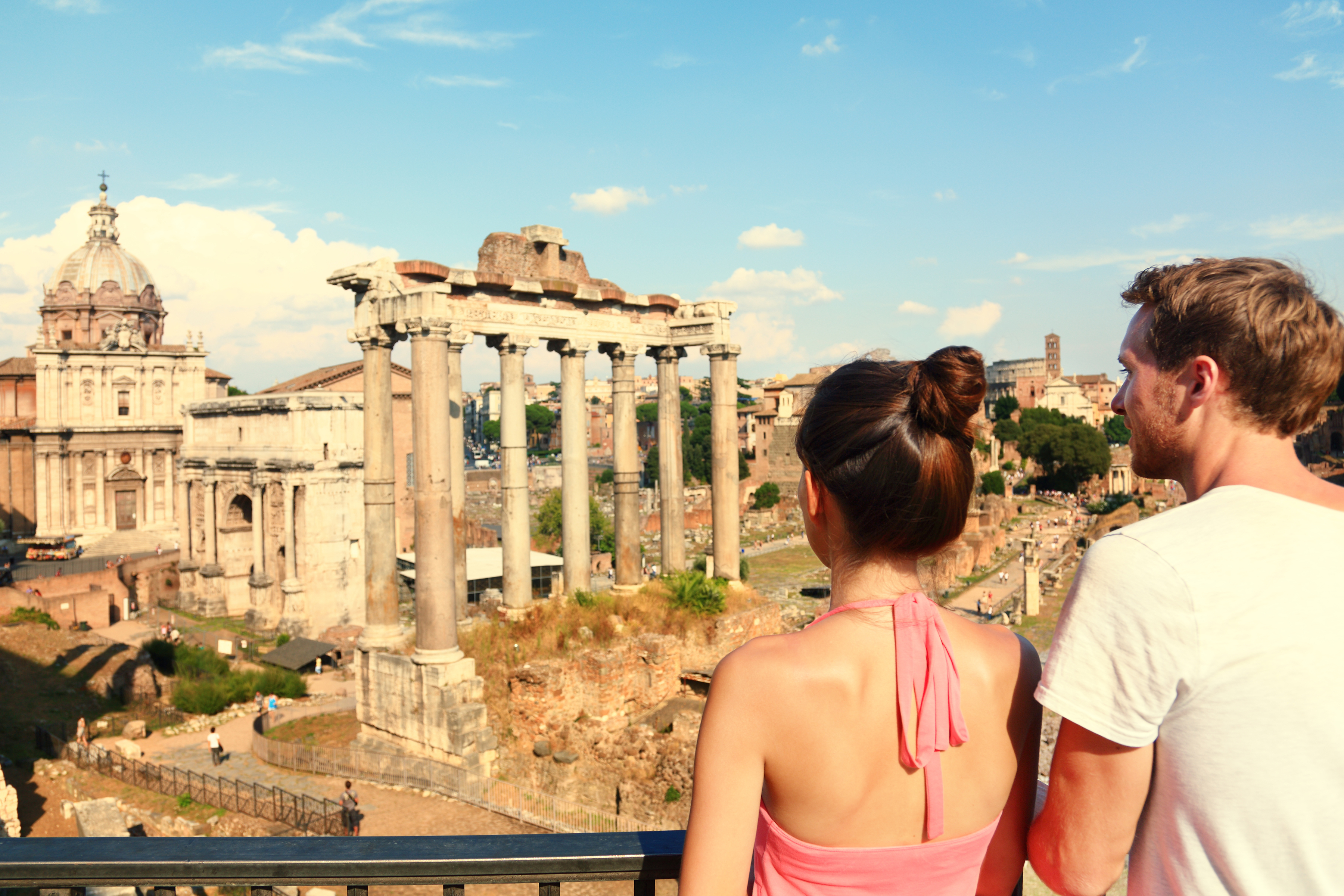 Maridav/Shutterstock.com
Maridav/Shutterstock.com
Do & See
Rome is one of a kind. No other city — not even Athens, Istanbul, London, or New York — has as many world-class sites as the Eternal City. Walking down Via del Fori Imperiali towards the Colosseum will impress even the most spoiled and shopping-crazed teenager. The city has so much to offer: besides the Roman heritage, there are also medieval neighbourhoods, well-designed squares, colourful markets, and the Vatican City with St Peter’s Basilica and its incredible museums.
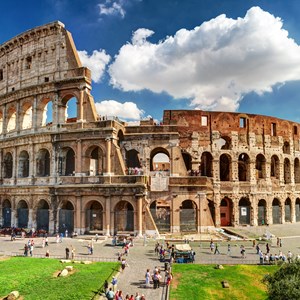 Viacheslav Lopatin/Shutterstock.com
Viacheslav Lopatin/Shutterstock.com
Colosseum
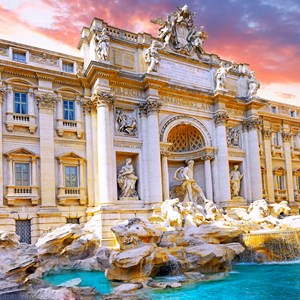 Brian Kinney/Shutterstock.com
Brian Kinney/Shutterstock.com
Trevi Fountain
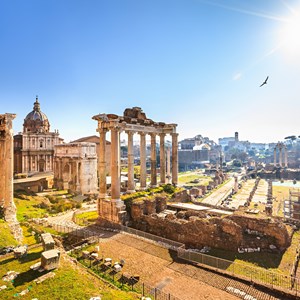 S.Borisov/Shutterstock.com
S.Borisov/Shutterstock.com
Roman Forum
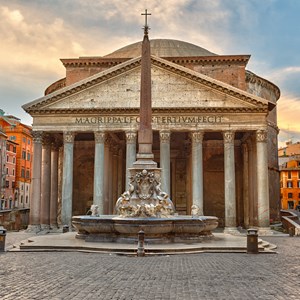 S.Borisov/Shutterstock.com
S.Borisov/Shutterstock.com
Pantheon
 S-F/Shutterstock.com
S-F/Shutterstock.com
Vatican City
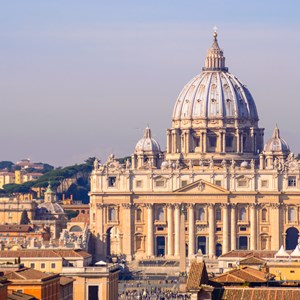 Thoom/Shutterstock.com
Thoom/Shutterstock.com
St Peter's Basilica
 Iakov Kalinin/Shutterstock.com
Iakov Kalinin/Shutterstock.com
Piazza Navona
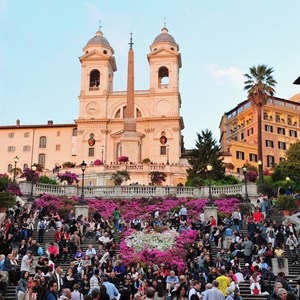 ChameleonsEye/Shutterstock.com
ChameleonsEye/Shutterstock.com
Spanish Steps
 Stereo Lights/Shutterstock.com
Stereo Lights/Shutterstock.com
Pasta Cooking Class in Rome
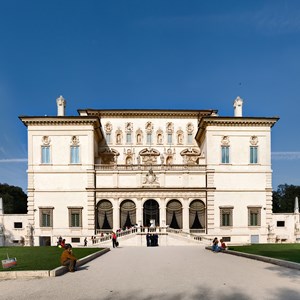 Khirman Vladimir/Shutterstock.com
Khirman Vladimir/Shutterstock.com
Borghese Gallery & Museum
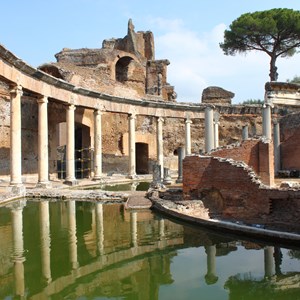 Millionstock/Shutterstock.com
Millionstock/Shutterstock.com
Hadrian's Villa
 silky/Shutterstock.com
silky/Shutterstock.com
Villa d'Este
 Angela N Perryman/Shutterstock.com
Angela N Perryman/Shutterstock.com
Domus Aurea — Nero’s Golden House
 Alain Lauga/Shutterstock.com
Alain Lauga/Shutterstock.com
Museum of Rome
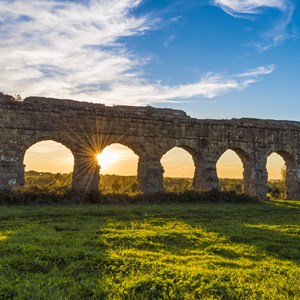 ValerioMei/Shutterstock.com
ValerioMei/Shutterstock.com
Park of the Aqueducts
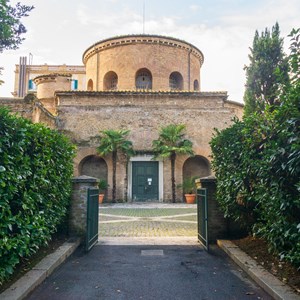 Massimo Salesi/Shutterstock.com
Massimo Salesi/Shutterstock.com
Santa Costanza
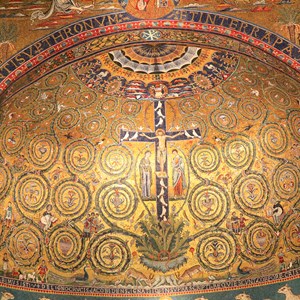 Vlad G/Shutterstock.com
Vlad G/Shutterstock.com
Basilica of San Clemente
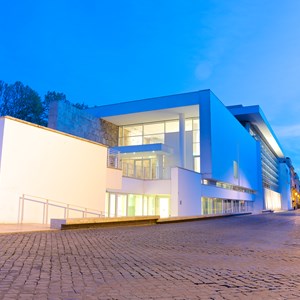 Matteo Gabrieli/Shutterstock.com
Matteo Gabrieli/Shutterstock.com
Ara Pacis Museum
 Catarina Belova/Shutterstock.com
Catarina Belova/Shutterstock.com
Aventine Hill
 Chubykin Arkady/Shutterstock.com
Chubykin Arkady/Shutterstock.com
VIGAMUS — The Video Game Museum of Rome
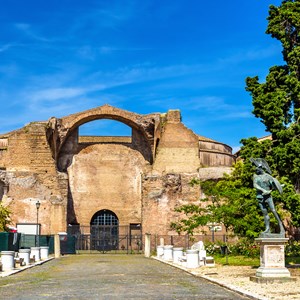 Leonid Andronov/Shutterstock.com
Leonid Andronov/Shutterstock.com
National Roman Museum — Palazzo Massimo
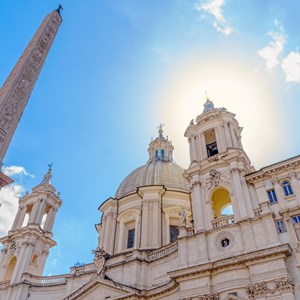 tuulijumala/Shutterstock.com
tuulijumala/Shutterstock.com
Sant'Agnese in Agone
 Pressmaster/Shutterstock.com
Pressmaster/Shutterstock.com
Wax Museum
 emeravideo/Shutterstock.com
emeravideo/Shutterstock.com
MAXXI: National Museum of 21st Century Art
 Tania Kolinko/Shutterstock.com
Tania Kolinko/Shutterstock.com
Explora: The Children's Museum of Rome
 Anna Pakutina/Shutterstock.com
Anna Pakutina/Shutterstock.com
Villa Farnesina
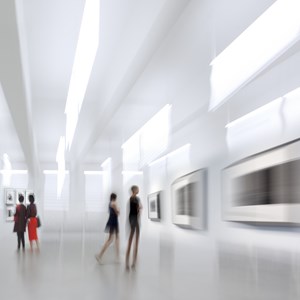 blurAZ/Shutterstock.com
blurAZ/Shutterstock.com
Palazzo delle Esposizioni
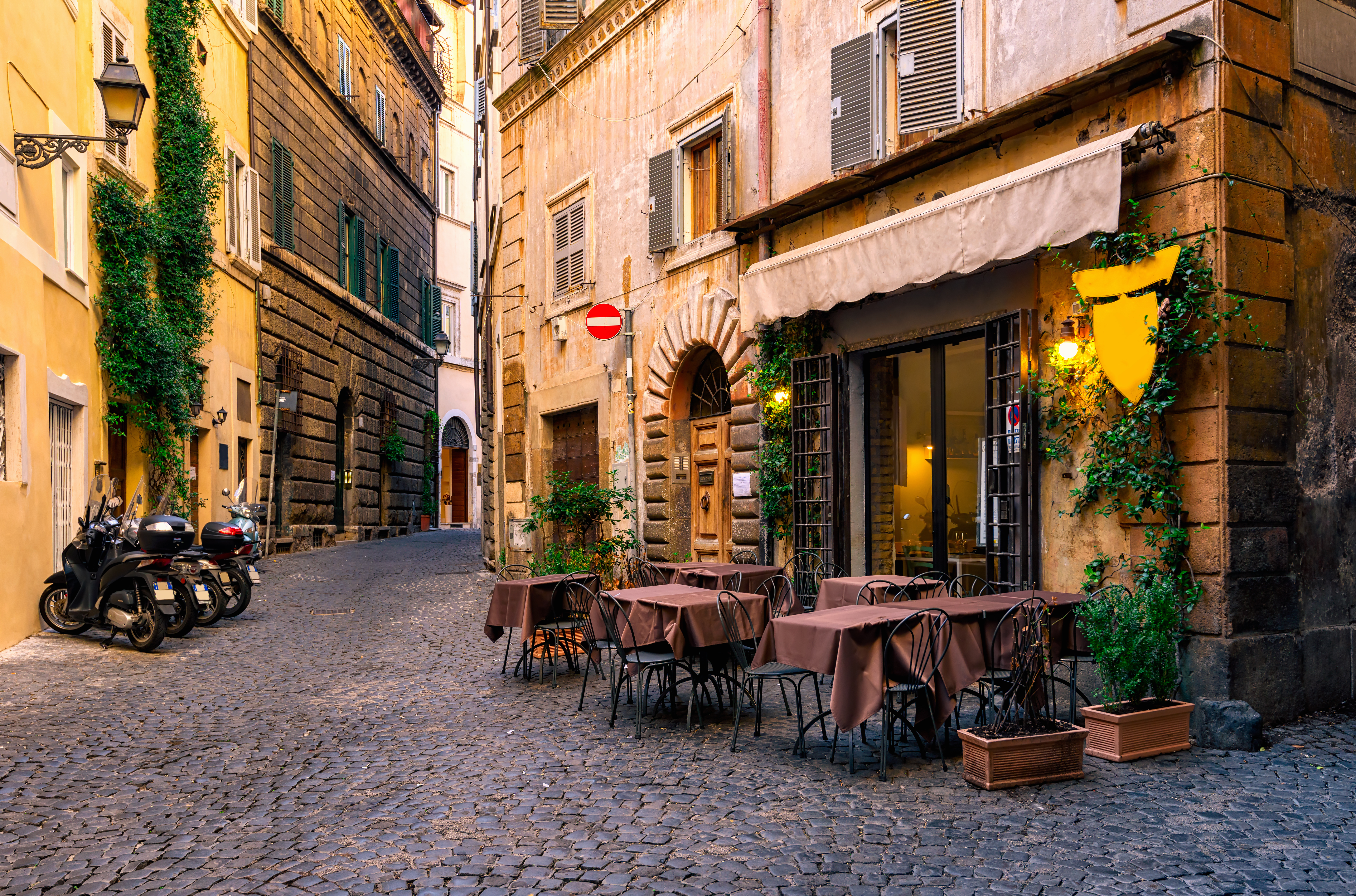 Catarina Belova/Shutterstock.com
Catarina Belova/Shutterstock.com
5 Secret Spots in Rome
The vibrant capital of Italy is a unique fusion of rich history, culture, natural beauty, and monuments. It goes much further than the usual tourist sites: delve into Rome's hidden gems that are just a few steps away from the well-trodden paths and monuments.
 Drew Tkalenko/Shutterstock.com
Drew Tkalenko/Shutterstock.com
Villa Doria Pamphili
 Iakov Filimonov/Shutterstock.com
Iakov Filimonov/Shutterstock.com
Centrale Montemartini
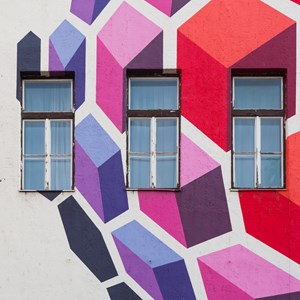 Giuseppe Cammino/Shutterstock.com
Giuseppe Cammino/Shutterstock.com
Tor Marancia Street Art
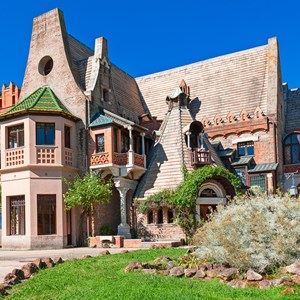 Enzoartinphotography/Shutterstock.com
Enzoartinphotography/Shutterstock.com
Casina delle Civette Museum
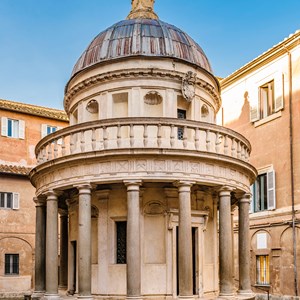 DFLC Prints/Shutterstock.com
DFLC Prints/Shutterstock.com
Templete de San Pietro in Montorio
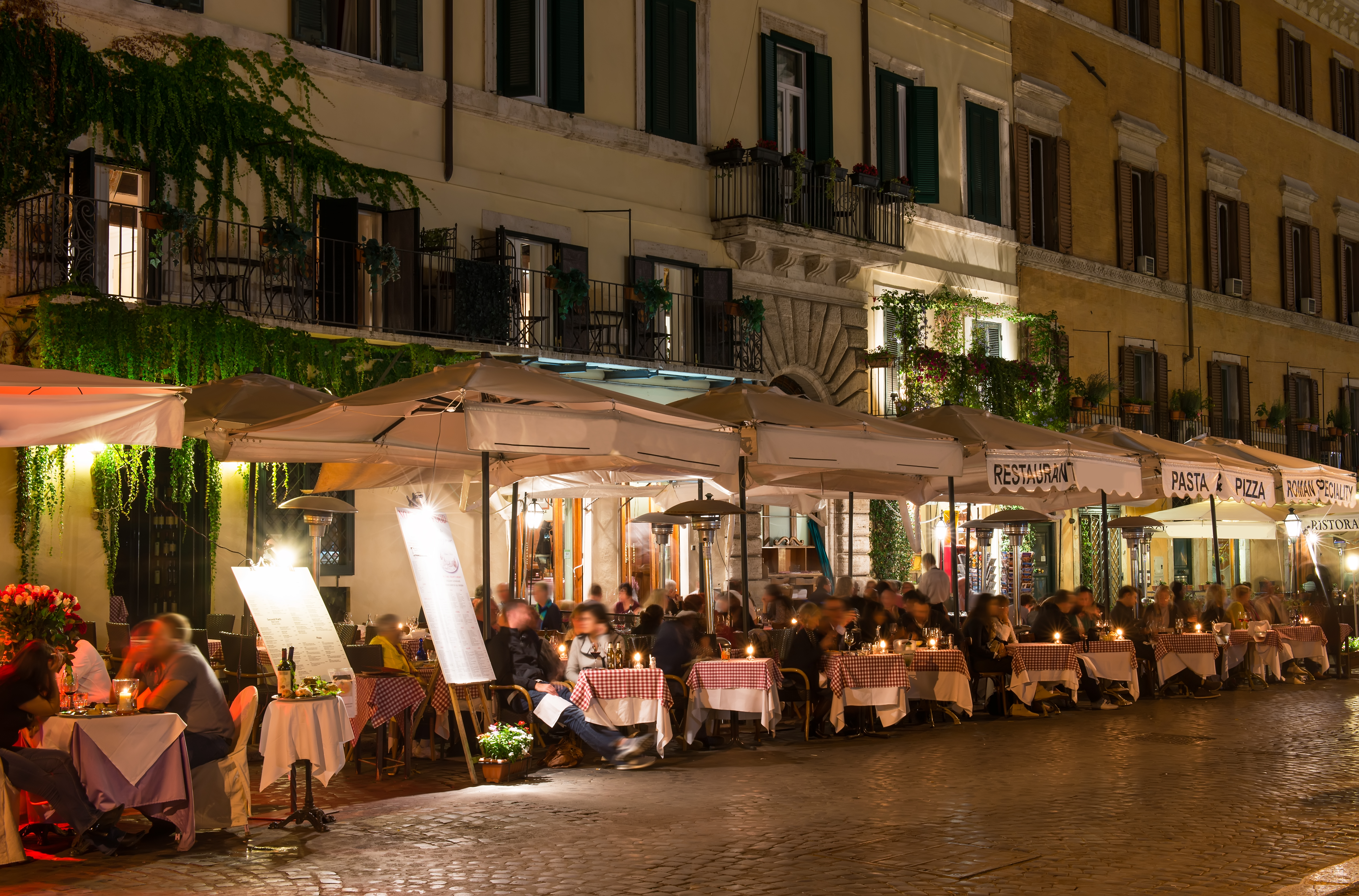 Catarina Belova/Shutterstock.com
Catarina Belova/Shutterstock.com
Dining
Rome's restaurants cater to all tastes. There are American steakhouses, Lebanese meze restaurants, Vietnamese eateries, and several haute cuisine establishments celebrated in the Michelin Guide. But when in Rome, do as the Romans do and choose the less extravagant restaurants and trattorias for a memorable and authentic dining experience.
The Italian word for dinner, "cena", comes from the Latin convivium, which means "live together". Eating is a social get-together which consists of at least three courses — often even at lunchtime. The Romans do not eat dinner until nine in the evening.
Rome is known for its Carbonara (made with egg, guanciale, hard cheese, and black pepper) and Amatriciana (made with guanciale, pecorino Romano and tomatoes).
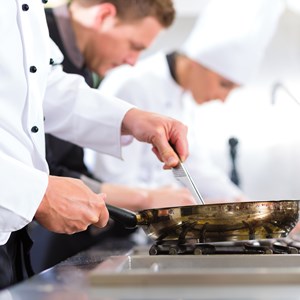 Kzenon/Shutterstock.com
Kzenon/Shutterstock.com
La Pergola
 Minerva Studio/Shutterstock.com
Minerva Studio/Shutterstock.com
Ad Hoc
 stockyimages/Shutterstock.com
stockyimages/Shutterstock.com
Tema
 MaraZe/Shutterstock.com
MaraZe/Shutterstock.com
Sakana Sushi
 Oleg Mikhaylov/Shutterstock.com
Oleg Mikhaylov/Shutterstock.com
Spirito di Vino
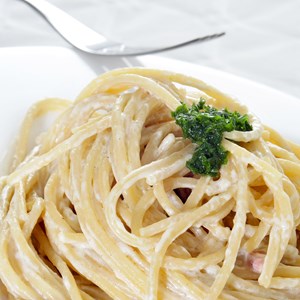 nito/Shutterstock.com
nito/Shutterstock.com
Osteria Barberini
 Karl Allgaeuer/Shutterstock.com
Karl Allgaeuer/Shutterstock.com
Pane e Salame
 Ingus Kruklitis/Shutterstock.com
Ingus Kruklitis/Shutterstock.com
Harry’s Bar
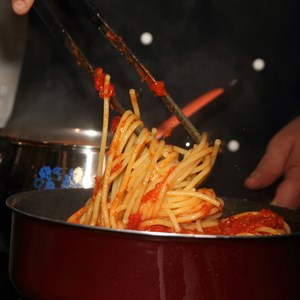 photowind/Shutterstock.com
photowind/Shutterstock.com
Roma Sparita
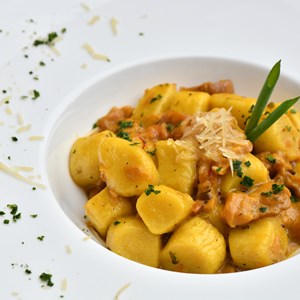 Susanna Cesareo/Shutterstock.com
Susanna Cesareo/Shutterstock.com
Trattoria Da Cesare al Casaletto
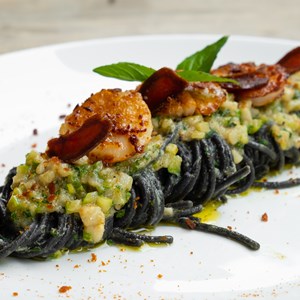 matteo fabbian/Shutterstock.com
matteo fabbian/Shutterstock.com
Osteria Fernanda
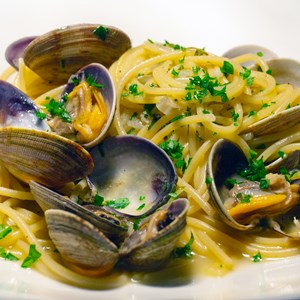 vovidzha/Shutterstock.com
vovidzha/Shutterstock.com
L'orso 80
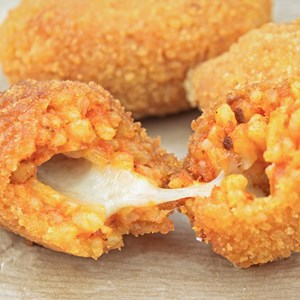 Marzia Giacobbe/Shutterstock.com
Marzia Giacobbe/Shutterstock.com
Supplì
 Alena Haurylik/Shutterstock.com
Alena Haurylik/Shutterstock.com
Ginger
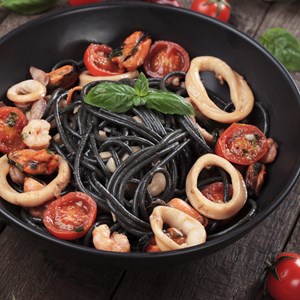 Igor Dutina/Shutterstock.com
Igor Dutina/Shutterstock.com
Clotilde
 curraheeshutter/Shutterstock.com
curraheeshutter/Shutterstock.com
Va.Do al Pigneto
 bpro kiev ua/Shutterstock.com
bpro kiev ua/Shutterstock.com
Reserva Restaurante y Cocteles
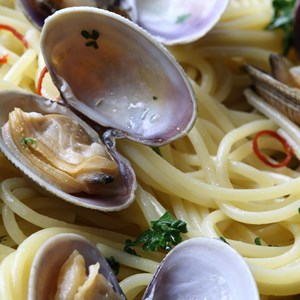 gontabunta/Shutterstock.com
gontabunta/Shutterstock.com
Hostaria Da Cesare
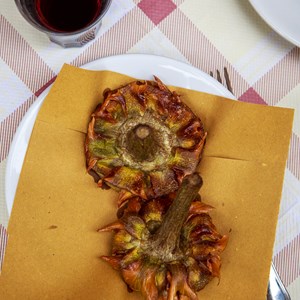 andrea federici/Shutterstock.com
andrea federici/Shutterstock.com
BaGhetto Ristorante Kosher
 Kondor83/Shutterstock.com
Kondor83/Shutterstock.com
Rinaldi Al Quirinale
 FrauTori/Shutterstock.com
FrauTori/Shutterstock.com
Camponeschi
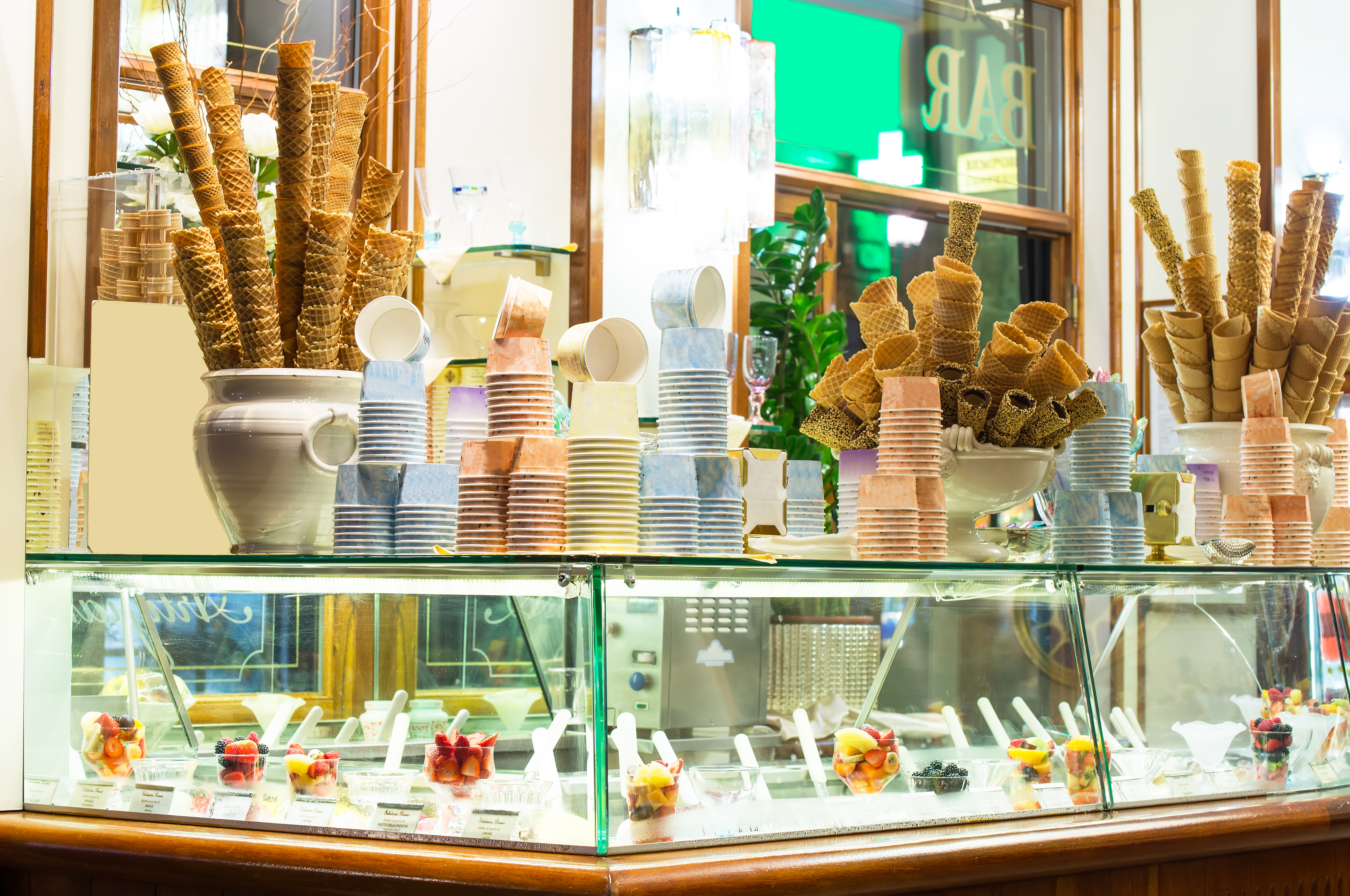 Catarina Belova/Shutterstock.com
Catarina Belova/Shutterstock.com
Cafés
Rome's coffee culture is steeped in tradition and passion. The city's charming cafés exude an inviting atmosphere, where locals and tourists alike gather to savour the rich aroma and intense flavour of espresso, the quintessential Italian coffee. From bustling streets to historic piazzas, coffee serves as a delightful companion to daily life. Moreover, no Roman experience is complete without a creamy indulgence of artisanal gelato, crafted in a myriad of luscious flavours.
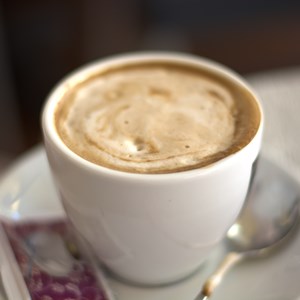 Corrado Baratta/Shutterstock.com
Corrado Baratta/Shutterstock.com
Sant' Eustachio Il Caffè
 rarrarorro/Shutterstock.com
rarrarorro/Shutterstock.com
La Casa del Caffè Tazza d'Oro
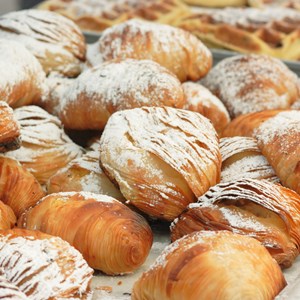 Natalia Macheda/Shutterstock.com
Natalia Macheda/Shutterstock.com
Forno Campo de' Fiori
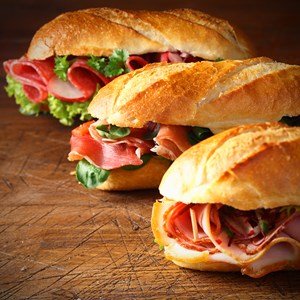 stockcreations/Shutterstock.com
stockcreations/Shutterstock.com
200 Gradi
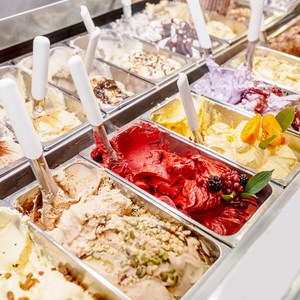 frantic00/Shutterstock.com
frantic00/Shutterstock.com
Giolitti
 ColorMaker/Shutterstock.com
ColorMaker/Shutterstock.com
Ciampini
 etorres/Shutterstock.com
etorres/Shutterstock.com
Sora Mirella
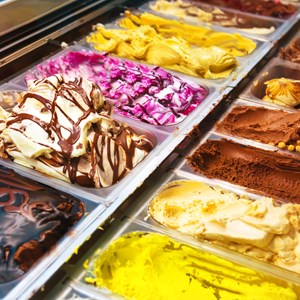 Beautiful landscape/Shutterstock.com
Beautiful landscape/Shutterstock.com
Gelateria Della Palma
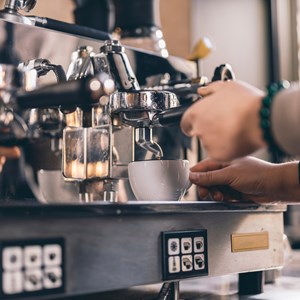 Olena Yakobchuk/Shutterstock.com
Olena Yakobchuk/Shutterstock.com
Sciascia Caffè 1919
 ImYanis/Shutterstock.com
ImYanis/Shutterstock.com
Faro
 Peter Cho/Shutterstock.com
Peter Cho/Shutterstock.com
Antico Caffè Greco
 nelea33/Shutterstock.com
nelea33/Shutterstock.com
Mizzica
 mavo/Shutterstock.com
mavo/Shutterstock.com
Barnum
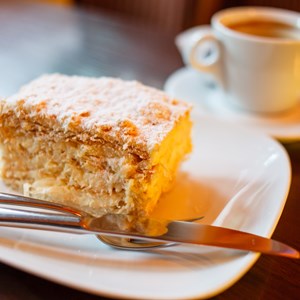 Shebeko/Shutterstock.com
Shebeko/Shutterstock.com
Caffetteria del Chiostro
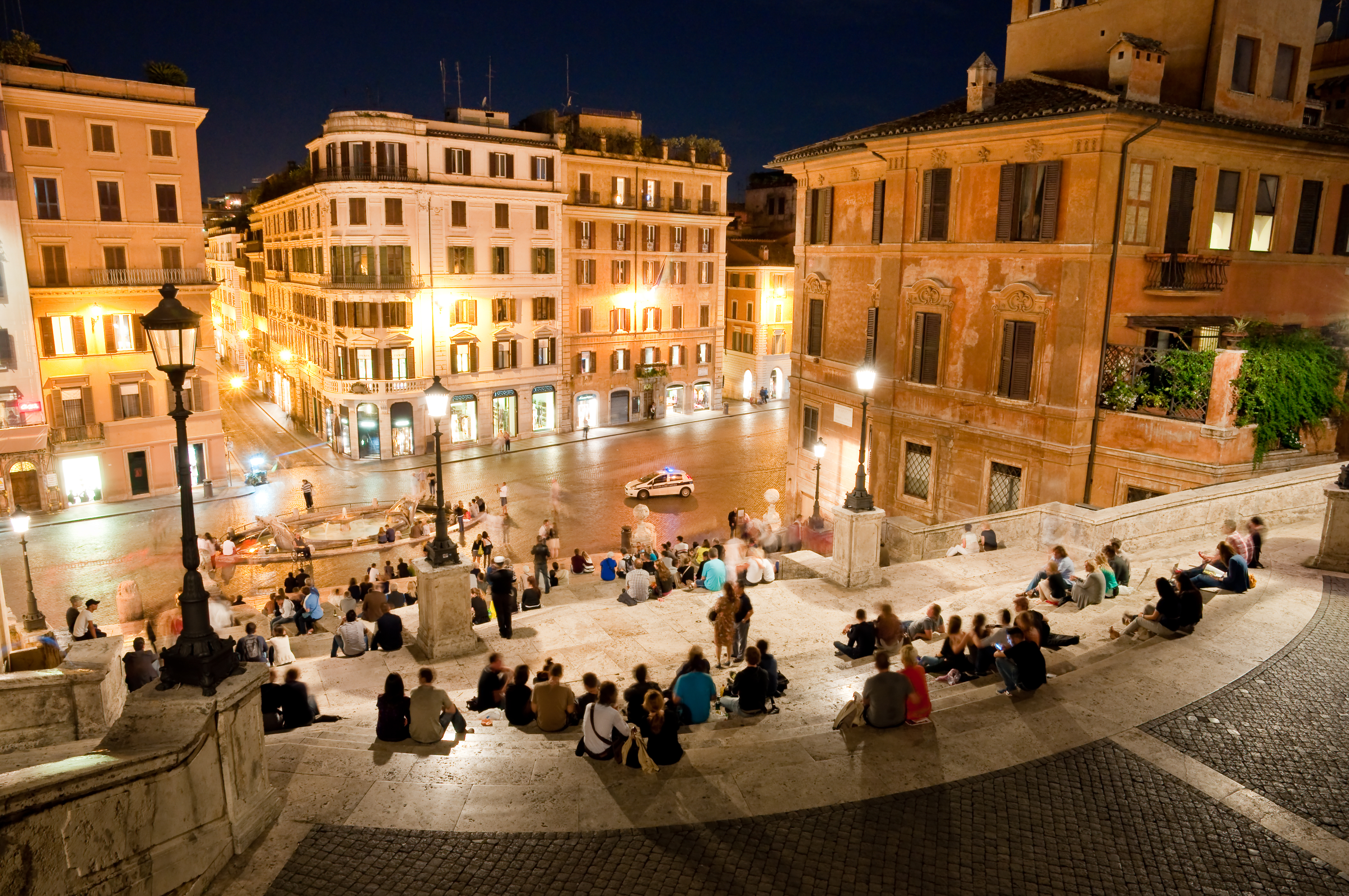 Pablo Debat/Shutterstock.com
Pablo Debat/Shutterstock.com
Bars & Nightlife
The Romans love to meet over aperitivo around 7:30 pm, after which they either go to a restaurant or home for dinner. The drinks need not be alcoholic. Many bars serve light snacks that are included in the price.
After 11 pm most of those looking to party head over to the Testaccio area. Named after the mountain of discarded amphoras, the area is home to many establishments, ranging from small piano bars to bustling discos. Make sure you take at least a night out to experience the bar and club scene in Rome.
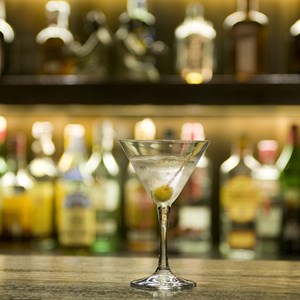 tandem/Shutterstock.com
tandem/Shutterstock.com
Chorus Café
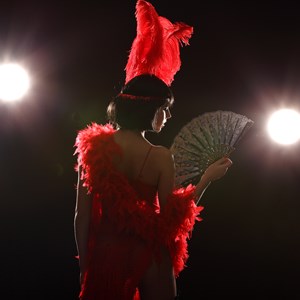 Photographer_ME/Shutterstock.com
Photographer_ME/Shutterstock.com
La Conventicola Degli Ultramoderni
 Jacob Lund/Shutterstock.com
Jacob Lund/Shutterstock.com
Magazzino Scipioni
 Egor Tetiushev/Shutterstock.com
Egor Tetiushev/Shutterstock.com
Qube Disco
 Moiseenko Design/Shutterstock.com
Moiseenko Design/Shutterstock.com
Pub Cuccagna
 LightField Studios/Shutterstock.com
LightField Studios/Shutterstock.com
The Fiddler’s Elbow
 Roman Voloshyn/Shutterstock.com
Roman Voloshyn/Shutterstock.com
Gregory's Jazz Club
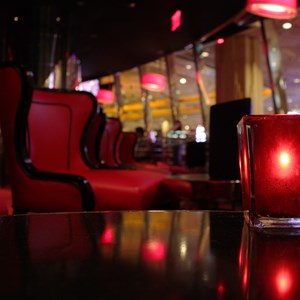 desdemona72/Shutterstock.com
desdemona72/Shutterstock.com
Salotto42
 Kzenon/Shutterstock.com
Kzenon/Shutterstock.com
Caruso Latin Club
 Renata Sedmakova/Shutterstock.com
Renata Sedmakova/Shutterstock.com
Shopping
High fashion shopping in Rome is concentrated on two streets running parallel to each other from the Spanish Steps. Via Condotti is home to Prada, Valentino, Gucci, Armani, and Max-Mara. Over on Via Borgognona, one can find the likes of Dolce & Gabbana, Versace, Gianfranco Ferré, Laura Biagiotti, and Gai Mattiolo. Closer to Piazza Navona is Via dei Giubbonari and its street fashion stores McQueen and Liquid. Also nearby is Via del Governo Vecchio with its elegant vintage fashion boutiques.
When it comes to food, Rome has several notable spots. Salumeria Volpetti, on Via Marmorata 47 in Testaccio, is as close to heaven as you can get. This bustling, high-paced place offers many deli options — Latini pasta from Osimo, salsiccia and spicy sandwich meats. Its speciality, however, is its cheeses, including the Formaggio di fossa, which is matured underground. Another deli to revel in is Castroni on Via Cola di Rienzo, which offers a slightly international selection. Campo de' Fiori is the site of a daily food market that embodies the terms picturesque and colourful. Come early when the shadows are long and the morning is at its freshest. Another nice market, with more of a food hall atmosphere, is Mercato di Testaccio.
 Minerva Studio/Shutterstock.com
Minerva Studio/Shutterstock.com
La Rinascente
 Minerva Studio/Shutterstock.com
Minerva Studio/Shutterstock.com
Galleria Alberto Sordi
 michaeljung/Shutterstock.com
michaeljung/Shutterstock.com
Coin
 monofaction/Shutterstock.com
monofaction/Shutterstock.com
Battistoni
 P A/Shutterstock.com
P A/Shutterstock.com
Vanessa Foglia Abitart
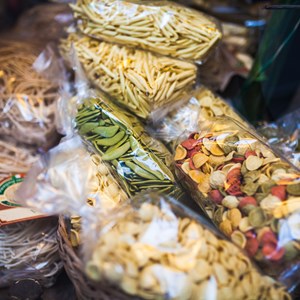 sashk0/Shutterstock.com
sashk0/Shutterstock.com
Eataly
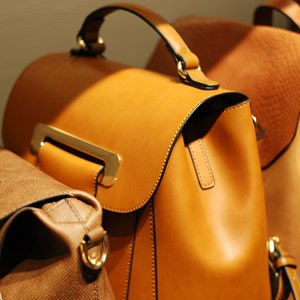 Vitalii Kirdan/Shutterstock.com
Vitalii Kirdan/Shutterstock.com
Carlo Cecchini
 mentatdgt/Shutterstock.com
mentatdgt/Shutterstock.com
Designer Outlet Castelromano McArthurGlen
 l i g h t p o e t/Shutterstock.com
l i g h t p o e t/Shutterstock.com
Tourist Information
Fiumicino International Airport (FCO)
Rome’s main airport, Leonardo da Vinci (FCO), is located in Fiumicino, 30 kilometres from the city. There are several ways to get into the city centre from the airport:
Leonardo Express: The Leonardo Express leaves every half hour in each direction and connects the Roma Termini station with Fiumicino airport. Tickets can be bought at machines, travel agencies, ticket desks, and on the Trenitalia website. The journey takes 32 minutes.
Train: The FL1 train links the airport with regions like Fara Sabina, Orte, and Poggio Mirteto. Please note that the train does not stop at central station Termini.
Terravision Shuttle Bus: This bus line takes you to the central station Termini.
Address: Aeroporto Internazionale di Roma–Fiumicino "Leonardo da Vinci", via dell'Aeroporto, Fiumicino RM
Email:
Phone: +39 06 65951
Website: www.adr.it/fiumicino
More Information: www.trenitalia.com/it.html
Ciampino Airport (CIA)
The city’s second airport Ciampino (CIA) is situated 12km southeast of central Rome and is mainly served by low-cost and charter airlines.
Bus: Some low-cost airlines have their own buses. The regular buses depart from the nearby underground station Anagnina.
Taxi: A taxi ride from the airport and central Rome takes 20 minutes.
Address: Aeroporto Internazionale di Roma–Ciampino "G. B. Pastine", via Appia Nuova 1651, Ciampino
Email:
Phone:
Website: www.adr.it/ciampino
More Information:
Best Time to Visit
Rome is a traveller's darling throughout the year. The summer brings peak visitor numbers to Rome, and some of the year's highest temperatures fall in July and August. If your visit happens to be during these two months, make sure to check that your accommodation is equipped with air conditioning. Having said that, the best time to visit Rome is from October to April when there are fewer tourists and airline fares and accommodation tend to be lower.
Address:
Email:
Phone:
Website:
More Information:
Frequently Asked Questions about Rome (FAQs)
Is Rome a safe place to visit?
Despite being a major European capital and one of the most visited cities in the world, Rome is a fairly safe city for travellers. However, as with most main tourist destinations, pickpocketing and scams are the biggest concerns here. So be careful with your belongings when taking public transport and around the city's main attractions, and avoid canvassers.
Is Rome expensive?
Yes, Rome is quite an expensive city to visit but slightly cheaper than other European destinations, such as London and Paris, especially when it comes to accommodation. As of today, the average cost per traveller in Rome is between €80-130 per day.
Does Rome have Uber?
Yes, the Uber app does work in Rome, and it is totally legal to take one, despite what a few taxi drivers may tell you. However, because there is no UberX or UberPOOL and only Uber Black, Uber Van, and Uber Lux, fares do tend to be higher.
For more information on how to get around in Rome, read our sections on Taxi and Public Transport.
Address:
Email:
Phone:
Website:
More Information:
Passport & Visa
Citizens of European Union (EU) and European Economic Area (EEA) countries do not need a visa to enter Italy, only a valid ID. Many other countries, including the United Kingdom, United States, Canada, United Arab Emirates, Australia, and New Zealand, benefit from visa-free entry for short stays of up to 90 days within a 180-day period.
Visitors from visa-exempt countries must hold a valid passport and, starting in late 2025, will need to apply for an ETIAS (European Travel Information and Authorisation System) authorisation online before travelling.
For those requiring a visa, such as travellers from some Middle-East, African or Asian nations, a Schengen visa must be obtained prior to arrival. All travellers should ensure their passport is valid for at least three months beyond their intended stay.
Address:
Email:
Phone:
Website: https://home-affairs.ec.europa.eu/policies/schengen/visa-policy_en
More Information:
Public Transport
Getting around Rome is very affordable if you use public transport. The system includes three metro lines, buses, trams, and an urban railway (Ferrovie Urbane).
The Termini station is the hub of Rome’s transportation network. The name of the local bus and streetcar company is ATAC. All tickets must be purchased from ATAC ticket machines, newsagents, or ticket outlets on the underground. The underground runs until midnight. Night buses stop at stations marked ”N”. There are also different choices of travel passes for 1, 3 or 7 days that are valid on all public transportation.
Address:
Email:
Phone:
Website: www.atac.roma.it/en
More Information:
Taxi
Taxi stands can be found throughout the city centre. Ensure to use only licensed yellow and white taxis and that the cab has a meter for a safe and reliable ride. An extra fee is payable per suitcase to and from the airport. There is also a surcharge at night, on public holidays, and Sundays. It is cheaper to hail a taxi on the street than get one at a taxi stand or book via telephone.
Regarding the Uber app, in Rome, you can only request an Uber Black, which means nicer vehicles but also higher prices.
Below are a couple of taxi companies in Rome:
Taxi NCC Rome
+39 389 510 6334
Cheap Taxi N.C.C
+39 375 542 7433
Address:
Email:
Phone:
Website:
More Information:
Post
Post offices in Rome are usually open from 9am to 2:30pm, from Monday to Friday and between 9:30am–1pm on Saturdays. Stamps can be bought at tobacconists that either carry a blue and white "Tabacchi" sign or are simply marked by the ”T” sign.
Address: Poste Italiane — Via di Porta Angelica 23, Rome
Email:
Phone:
Website: www.poste.it
More Information:
Pharmacy
You recognise a pharmacy in Rome by a green sign with a cross. They are usually open Mon–Fri 8:30am–1pm and 3:30pm–7pm. On Via Nazionale 228 (Farmacia Piram), Via Arenula 73 (Farmacia Arenula), and Piazza Barberini, there are pharmacies open during the night time.
Address:
Email:
Phone:
Website:
More Information:
Telephone
Country code +39
Rome area code: 06 (also dialled in Rome)
If you call Italy from abroad, you must always dial zero in the area code (do not omit it as is the general practice when making international telephone calls), e.g. +39 06 + the number.
Address:
Email:
Phone:
Website:
More Information:
Electricity
Italy uses the Type F electrical sockets with two round holes, the same as in many countries in Continental Europe. You will also encounter Type L sockets with three round holes arranged in a line. A “universal“ socket, that accepts Type C, E, F and L plugs, is commonly used in Italy.
The standard voltage is 230 volts, but some hotels have special plugs for 110 or 120-volt shavers.
Address:
Email:
Phone:
Website:
More Information:


